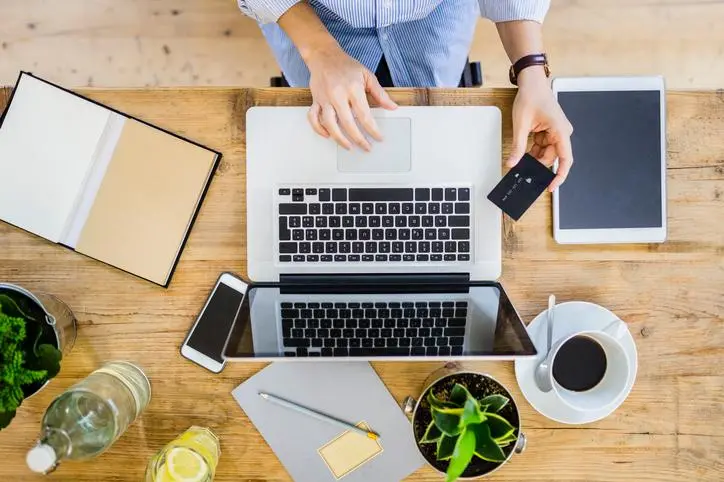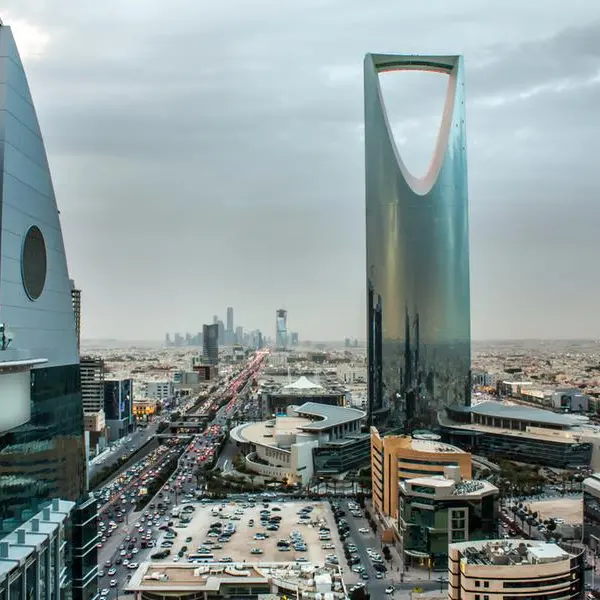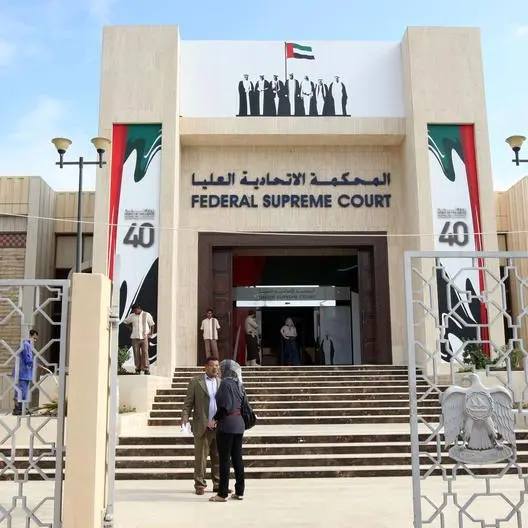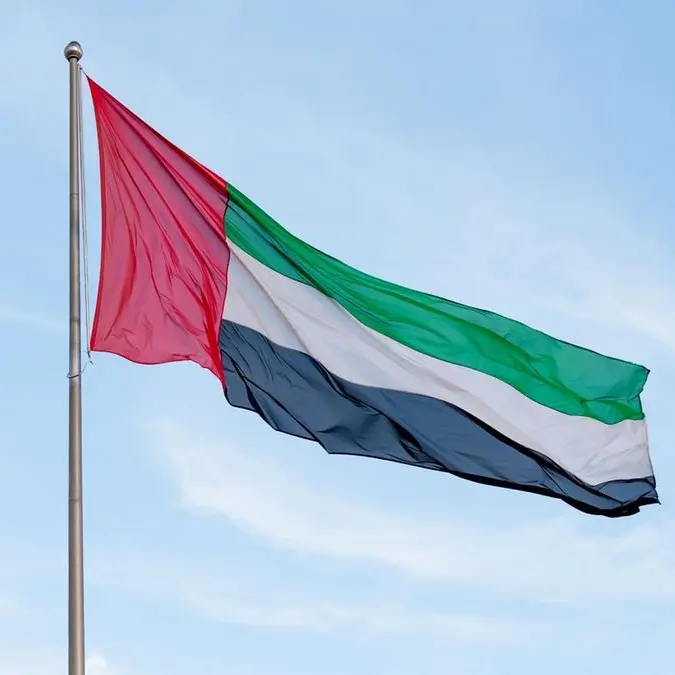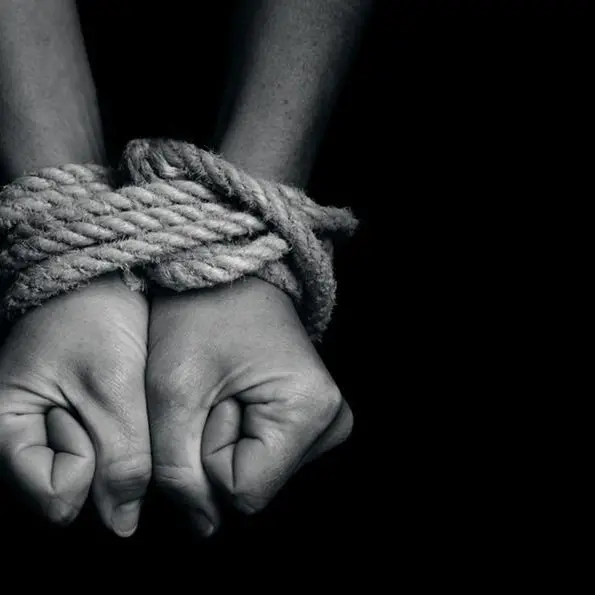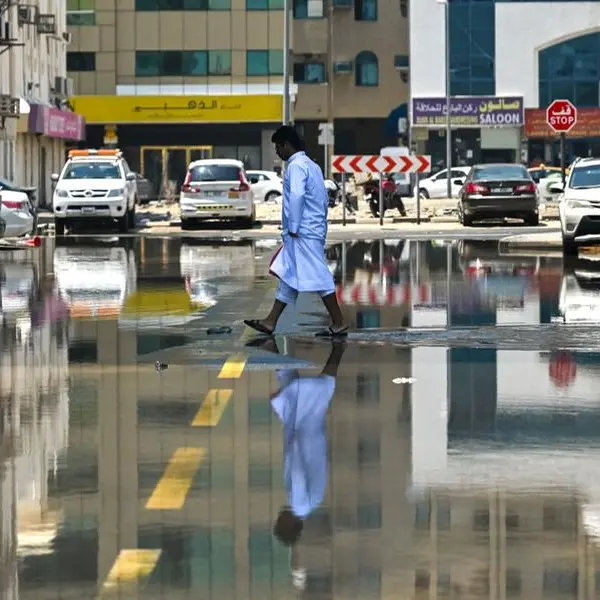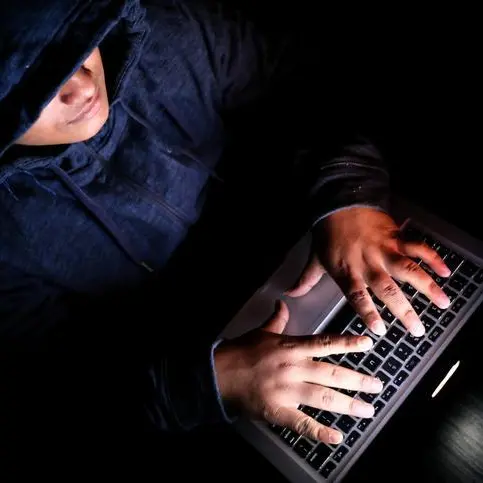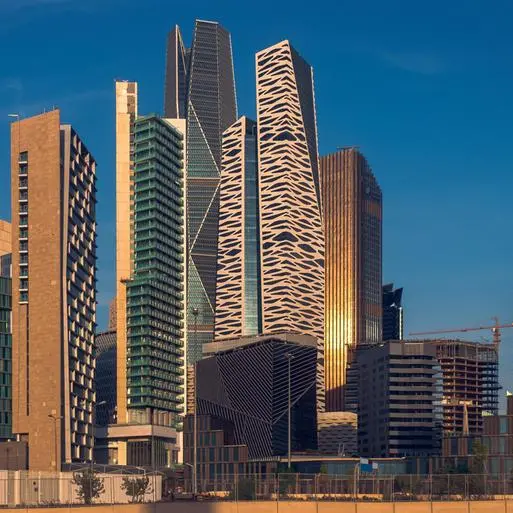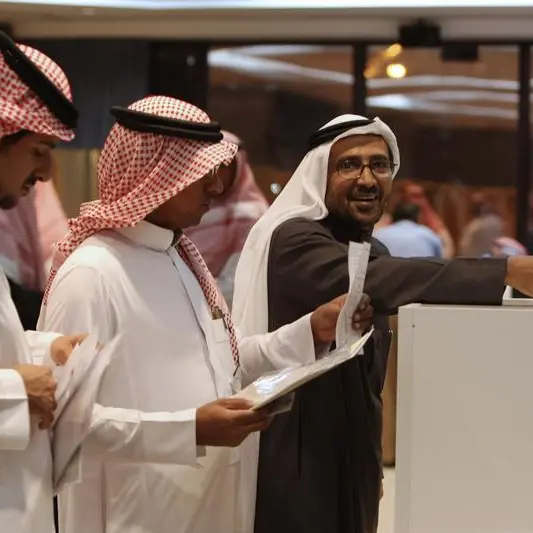PHOTO
Counterfeits or duplicates or fakes are a big business, with lucrative prospects in terms of the range of products and geography they cover. The counterfeits market spans continents and cuts into a staggering range of industries from luxury goods to textiles, electronics to construction material and pharmaceuticals to creative content.
The market worldwide for counterfeit clothing, textiles, footwear, handbags, cosmetics, and watches alone, amounted to a whopping $450 billion in 2018. The counterfeits and piracy market is poised to grow into a $4.2 trillion industry by 2020, according to The international Trade Association (INTA).
And the UAE - the shopping hub of the world - is not immune to fakes. Peddlers are pushing counterfeits into the UAE's roaring consumer market despite the government efforts to counter them. According to authorities, counterfeit goods worth hundreds of millions are being seized in the UAE every year. In 2017 alone, fake goods worth $76 million were confiscated by law enforcement agencies in Dubai. Every year, at least 25 million counterfeit products are seized in the UAE and cosmetics and bodycare products top the list of fakes in the country.
The exponential growth in online shopping has also offered fake goods a fertile ground to flourish and expand their reach beyond geographical boundaries. Netnames, a leading online brand protection company, points to a 15.6 per cent global increase in the sale of counterfeit goods online.
While there are people who prefer fakes to pricey brands, many unsuspecting consumers end up with buying duplicates because of the perfect copying techniques counterfeiters have adopted. Many counterfeits in the market are hard to spot and look as good as the originals.
The face of fakes is always the local peddler or vendor who pesters you to check out his 'secret stash'. But the real culprits in the counterfeit industry remain elusive and are largely out of reach for law enforcement authorities. China and Hong Kong are considered to be the biggest source of fake products, producing more than 80 per cent of counterfeits in the world. The US Chamber of Commerce estimates their market is worth about $397 billion. Fake merchandise accounted for 12.5 per cent of China's exports in 2016, according to the same report.
A few pennies saved can cost lives
Fakes are peddled as a few pennies saved. But what many people fail to see is how counterfeits cost more. A fake Louis Vuitton bag, Prada sunglasses or Nike shoes may be just a harmless consumer buying habit that you are unwittingly part of. But what we often fail to fathom is that the business of counterfeits is dirty that costs lives.
The pharmaceutical industry is one of the worst affected by fake drugs impacting almost one third of the entire world market. Up to 10 per cent of drugs in low and middle income countries are poor quality or outright fakes, costing local economies between $10 billion and $200 billion a year, according to a report by pharmaceutical company, Pfizer. In 2018, Pfizer identified 95 fake products in 113 countries, up from 29 fakes in 75 countries in 2008. Doctors estimate that hundreds of lives are lost every year due to fake and substandard medicines.
Another big threat to the health and safety of consumers is the fake cosmetic products that flood the market. Many of these carry the names of big labels but are found to pose serious health hazards. Phony cosmetics often contain chemicals such as arsenic, beryllium, and cadmium (all known carcinogens) along with high levels of aluminum and dangerous levels of bacteria. Some of these products have caused conditions like acne, psoriasis, rashes, and eye infections, warns an FBA report on knock-offs.
In June this year, municipality officials seized more than 10 kilogrammes of expired cosmetics and other beauty products from Fujairah. Routine inspections conducted on beauty salons and shops in UAE see big haul of knock-off beauty products, and authorities issue warnings about their use.
Similarly, fake automobile parts are also endangering road safety and putting the lives of drives at risk. The European Union Intellectual Property Office (EUIPO) estimated that more than ?2 billion is lost every year due to counterfeit tyres and batteries alone.
Industry insiders say the most common fake spare parts that are available in the UAE market are brake pads, lights, wheel rims and airbags that can have serious safety implications.
But the good news is that brands and law enforcement agencies are also upping their game to fight the fake. The online retail giant Amazon had launched a Project Zero to counter fake products online. Many brands are introducing digital codes to help differentiate between the real and the fake.
Authorities in the UAE are conducting awareness programmes, both for consumers and officials, to spot fake products. But we can only win the fight against the fakes if people are aware of the menace, and start making informed and conscious choice not to buy counterfeits.
A world without fakes could be a utopian dream. But we can do our bit to weed out products from our local markets and homes and not add to this illegal business. We may not be able to destroy fakes, but we can discourage their use. That is what exactly the KT for Good Campaign #FakesCostMore strives to achieve.
Copyright © 2019 Khaleej Times. All Rights Reserved. Provided by SyndiGate Media Inc. (Syndigate.info).
